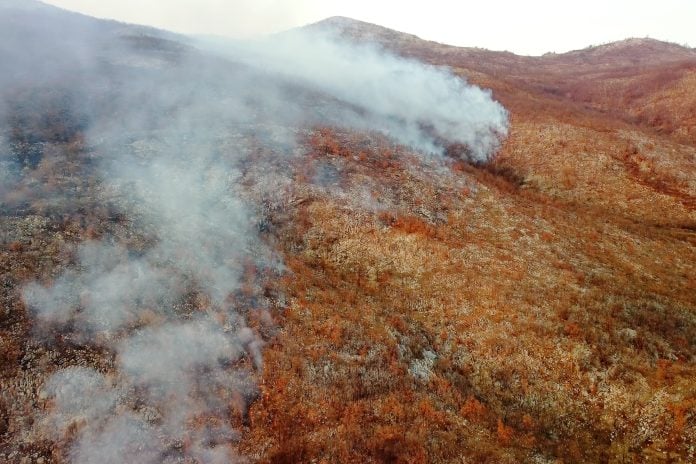Key Takeaways

- Understand Wildfire Risks: Familiarize yourself with the factors that contribute to wildfires, including weather conditions, vegetation, and geographic features, to assess your vulnerability effectively.
- Create a Wildfire Preparedness Plan: Develop a comprehensive plan that includes clear evacuation routes, communication strategies, and regular drills to ensure employee safety and preparedness.
- Implement Fire-Resistant Measures: Upgrade your property with fire-resistant materials for roofs, siding, and windows, and manage the surrounding landscape to create a defensible space around your home or business.
- Assemble an Emergency Kit: Prepare an emergency kit with essential supplies such as food, water, medications, and important documents to support safe evacuations and maintain operations during a wildfire.
- Regular Risk Assessment: Continuously evaluate your property for vulnerabilities and stay informed about local wildfire forecasts to adapt your preparations accordingly.
- Community Engagement: Join local wildfire preparedness groups to gain resources, share knowledge, and enhance your safety strategy with community support.
Wildfires can strike with little warning, turning serene landscapes into raging infernos. As climate change fuels more frequent and intense fires, knowing how to prepare can make all the difference for your safety and property. Whether you live in a high-risk area or just want to be proactive, having a solid plan in place is crucial.
Preparing for a wildfire involves more than just packing a bag. It’s about creating a defensible space around your home, understanding evacuation routes, and having an emergency kit ready. By taking these steps, you can protect yourself, your loved ones, and your home from the devastating effects of wildfires. Let’s dive into the essential preparations you need to make.
Understanding Wildfires
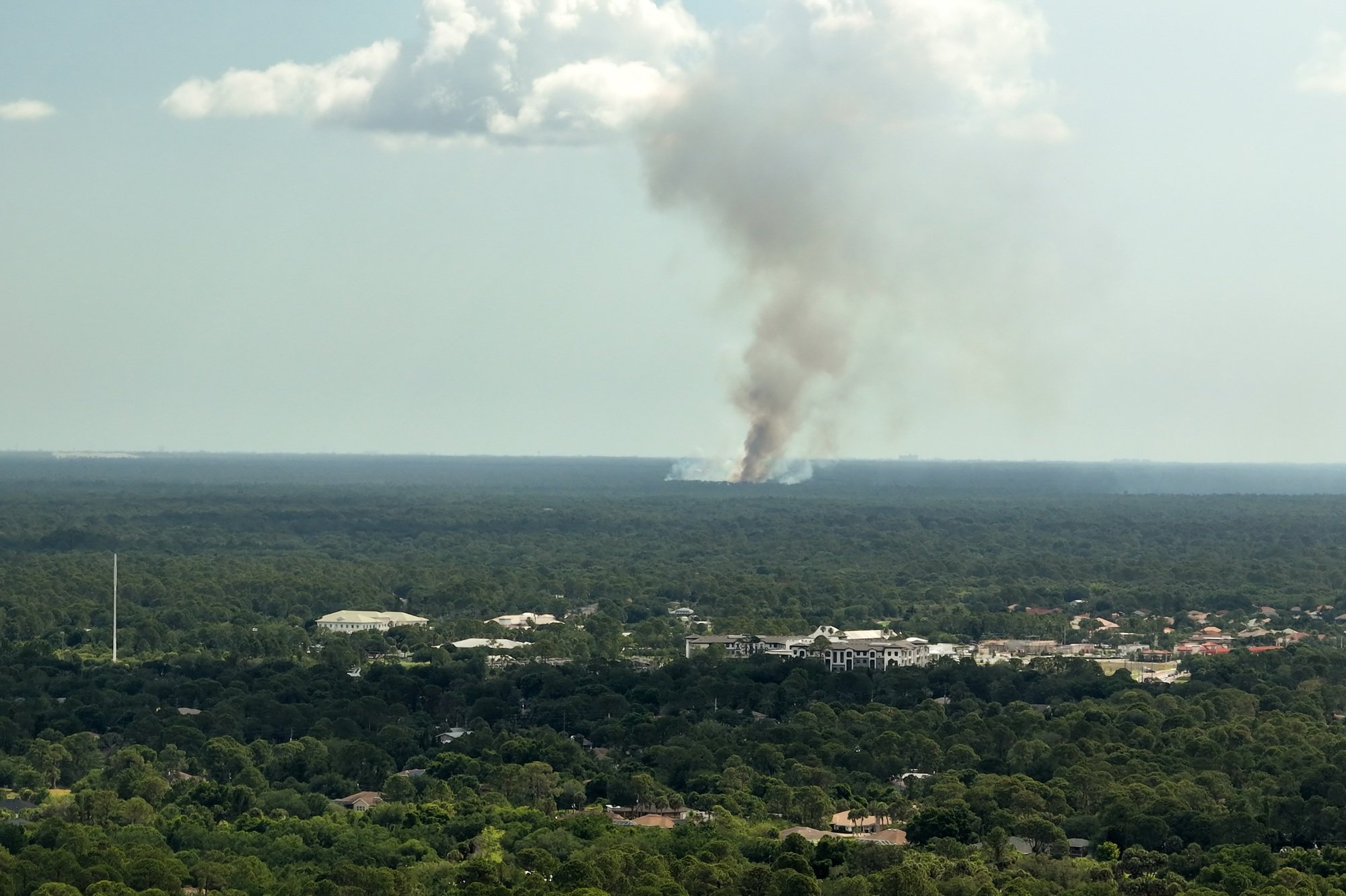
Wildfires pose a significant risk, especially to small businesses in high-risk areas. These uncontrolled fires can quickly spread, destroying structures and landscapes. Understanding their causes helps in effective preparedness.
Wildfires often result from a combination of dry conditions, high temperatures, and strong winds. Recognizing these factors can aid in minimizing risks. Your business may face threats not just from direct fire, but also from smoke and the resulting air pollution. Smoke can disrupt operations while reducing air quality, impacting both employees and customers.
Preparation is essential for business continuity. Establishing a wildfire response plan protects your assets and ensures safety. Regularly assess your facility’s vulnerability to wildfires. Create defensible space by clearing vegetation and flammable materials within a certain radius, typically 30 feet, around your property.
Know local wildfire risks and stay informed about fire weather conditions. Join community groups focused on wildfire preparedness. These groups often provide valuable resources and local knowledge that can benefit your business strategy.
Invest in an emergency kit stocked with essentials like first-aid supplies, food, water, and important documents. Prioritize communication plans to keep employees informed and safe. Understanding wildfires equips you to safeguard your small business effectively.
Assessing Your Risk
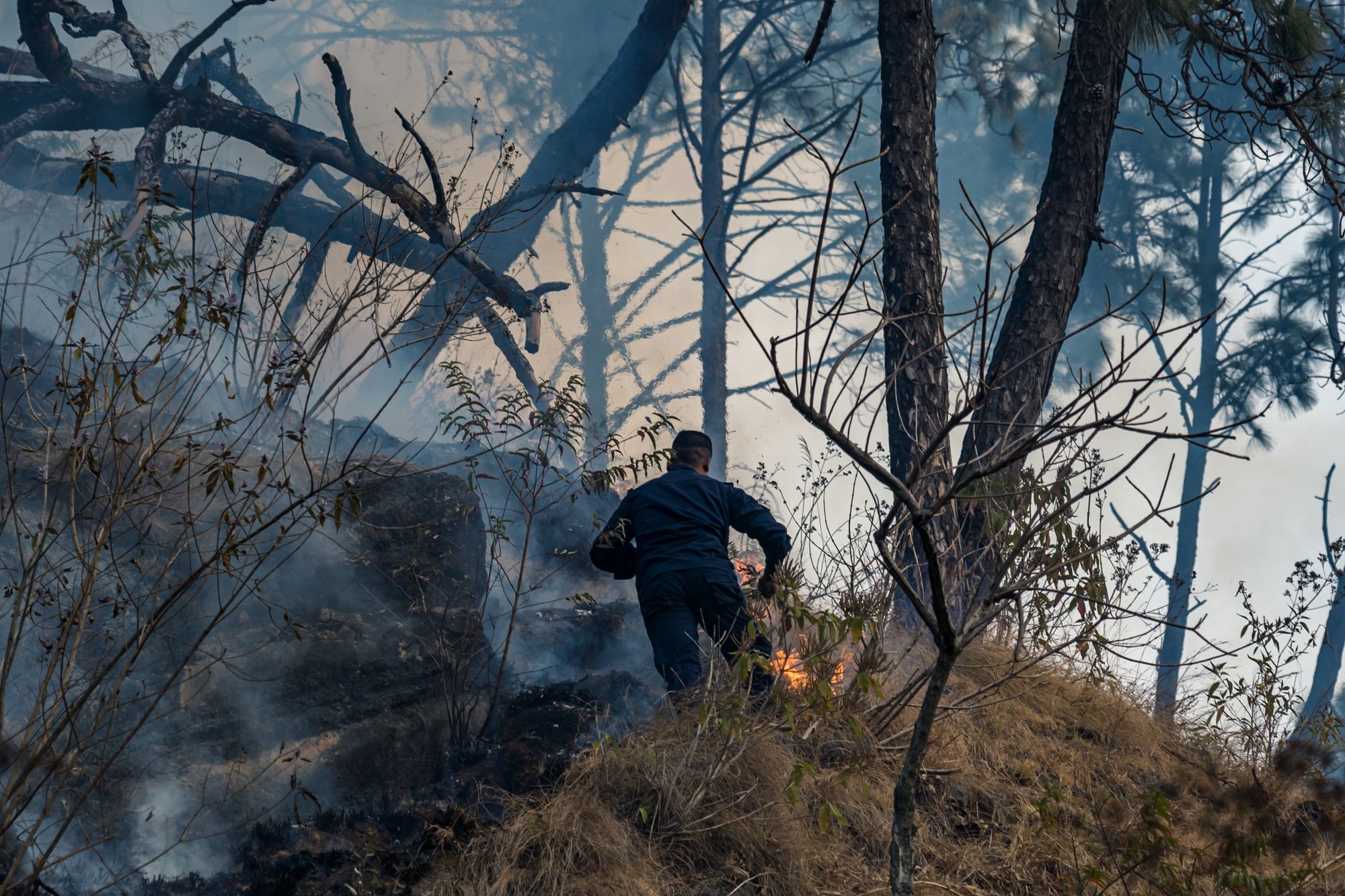
Assessing your risk for wildfires is vital for safeguarding your property and business. Understanding factors such as geographic considerations and property vulnerability helps determine your preparation needs.
Geographic Considerations
Evaluate geographic elements that impact wildfire risk. Consider nearby vegetation types, topography, and climate patterns. For instance, properties located near dense forests or grassy areas face higher risks. Additionally, slopes and proximity to water sources can influence fire behavior. Recognizing these factors allows you to make informed decisions about how to protect your small business from potential wildfire threats.
Property Vulnerability
Assess the vulnerability of your property to wildfires. Examine structural features, such as roofs, windows, and materials used in construction. Properties with wooden shingles or untreated siding are more susceptible to fire damage. Implementing fire-resistant materials can enhance safety. Additionally, clearing flammable debris within a defensible space around your business minimizes the chances of ignition. Regular evaluations of your property’s vulnerability, alongside an understanding of local wildfire risks, enable you to create effective mitigation strategies for your small business.
By focusing on these assessments, you can develop a proactive approach to wildfire preparedness that protects your business, assets, and employees.
Creating a Wildfire Preparedness Plan
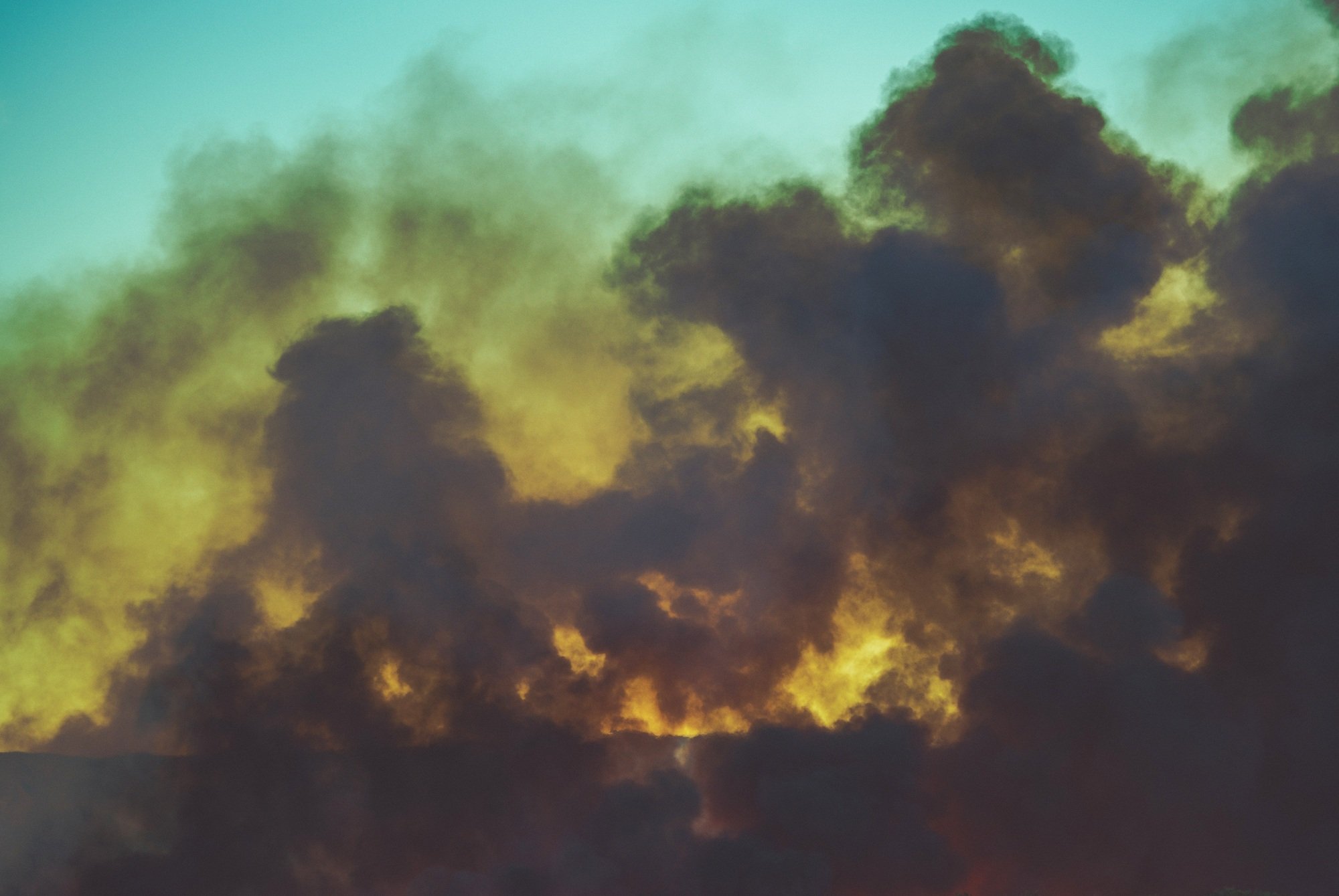
Preparing for a wildfire involves a comprehensive approach that protects your small business and ensures employee safety. Establishing a wildfire preparedness plan will help mitigate potential risks.
Evacuation Routes
Identify and practice multiple evacuation routes to ensure quick escape from your business premises. Consider the following steps:
- Map out clear routes that lead away from areas prone to wildfires.
- Keep routes accessible for employees during emergencies.
- Communicate the routes to all staff and conduct regular drills to familiarize everyone with the process.
Communication Strategies
Establish effective communication strategies to keep your employees informed before, during, and after a wildfire. Implement these elements:
- Create a communication tree that includes key contacts tasked with disseminating updates.
- Use multiple channels—text alerts, emails, or group messaging apps—to share critical information quickly.
- Develop a protocol for checking on employee safety post-evacuation.
By preparing your small business with a solid wildfire preparedness plan, you enhance the safety of your employees and protect your assets from potential fire threats.
Preparing Your Home
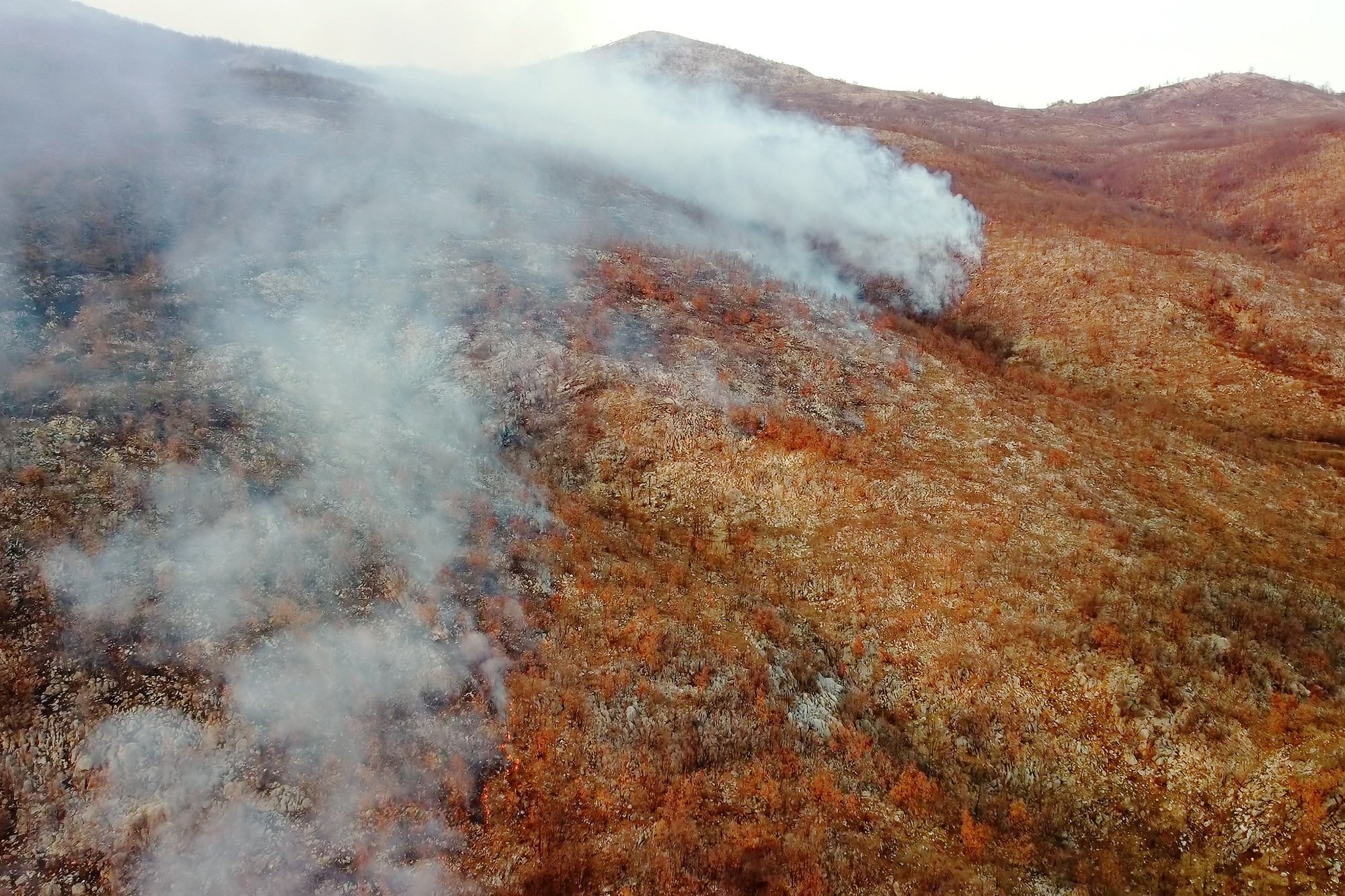
Preparation for a wildfire includes specific actions to protect your home and business. Focus on interior and exterior preparations, along with using appropriate materials and managing the surrounding landscape.
Fire-Resistant Materials
Utilize fire-resistant materials in your construction and updates. Install non-combustible roofing and siding, as they significantly reduce fire risk. Use tempered glass for windows, which withstands higher temperatures. Equip your home with fire-resistant doors, especially in areas prone to wildfires. Choosing these materials enhances safety for you and your employees if you operate a small business from your residence.
Landscape Management
Manage your landscape to create defensible space around your property. Remove dead vegetation and clear combustibles within at least 30 feet of the structure. Maintain lawns, keeping them green and well-watered. Trim trees to ensure they are at least 10 feet away from structures and other trees. Create buffer zones by using gravel or non-flammable ground cover to slow down fire spread. If your business is situated near vegetation, these measures protect your assets, employees, and customers from potential wildfire hazards.
Assembling an Emergency Kit
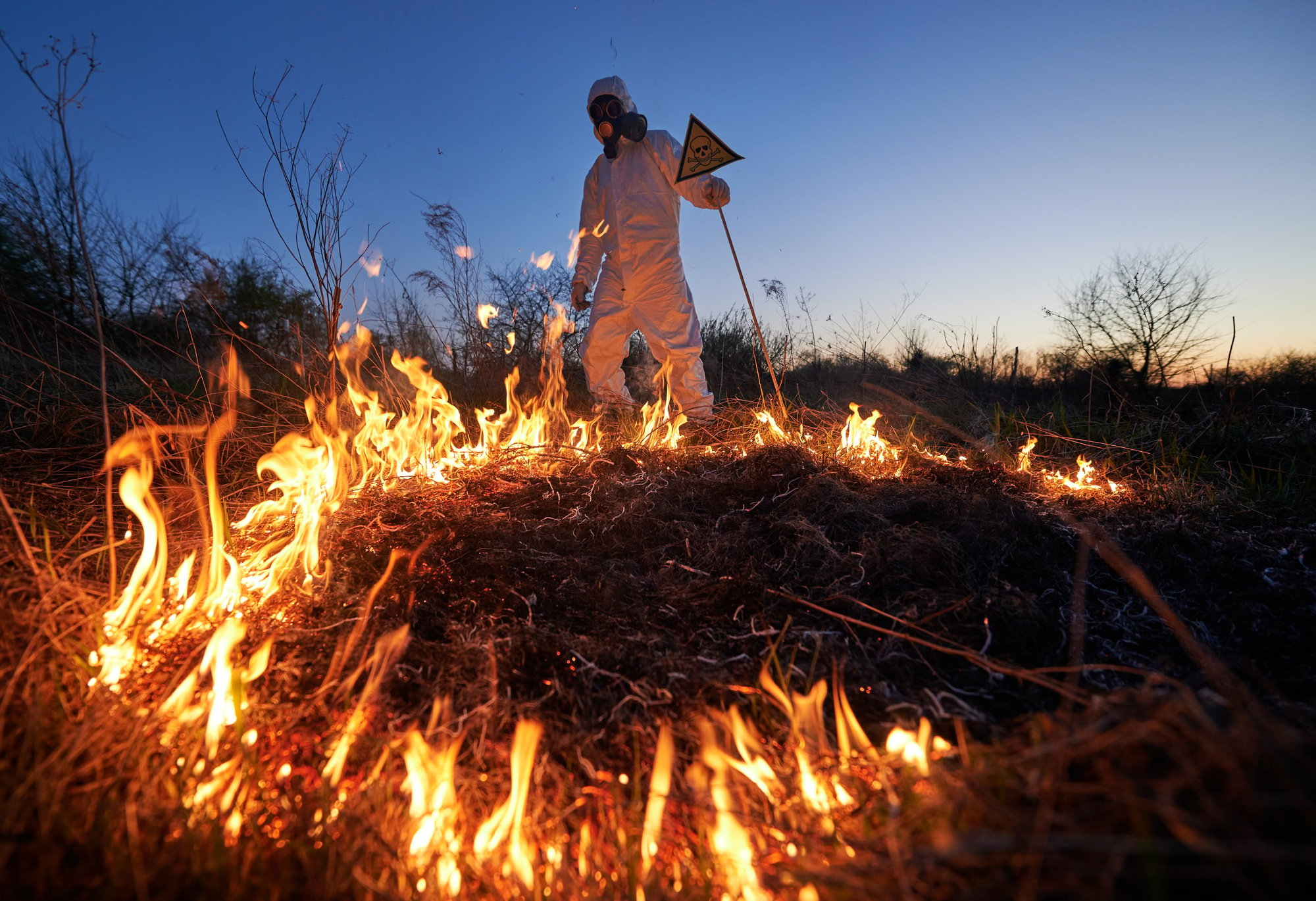
Preparing an emergency kit is essential for small businesses to ensure safety during a wildfire. This kit provides the necessary supplies to protect employees and facilitate a safe evacuation.
Essential Supplies
Your emergency kit should contain:
- A 3-day supply of non-perishable food and 3 gallons of water per person.
- A map with at least two evacuation routes.
- Necessary prescriptions or medications.
- A change of clothes and extra eyeglasses/contact lenses.
- Extra car keys, credit cards, cash, or traveler’s checks.
- A first aid kit and sanitation supplies.
- A flashlight and battery-powered radio with extra batteries.
- Copies of important documents (birth certificates, passports, etc.).
- Pet food and water if applicable.
These supplies support your business operations during crises and help maintain employee safety.
Family Safety Plan
Developing a family safety plan is crucial. Your plan should include:
- Assigning roles and responsibilities to ensure everyone knows their tasks.
- Establishing a communication strategy for notifying employees and their families about safety measures and evacuation updates.
- Identifying a designated meeting location for employees to gather after evacuation.
These elements create a cohesive response to wildfire threats, ensuring that employees remain informed and safe.
Conclusion
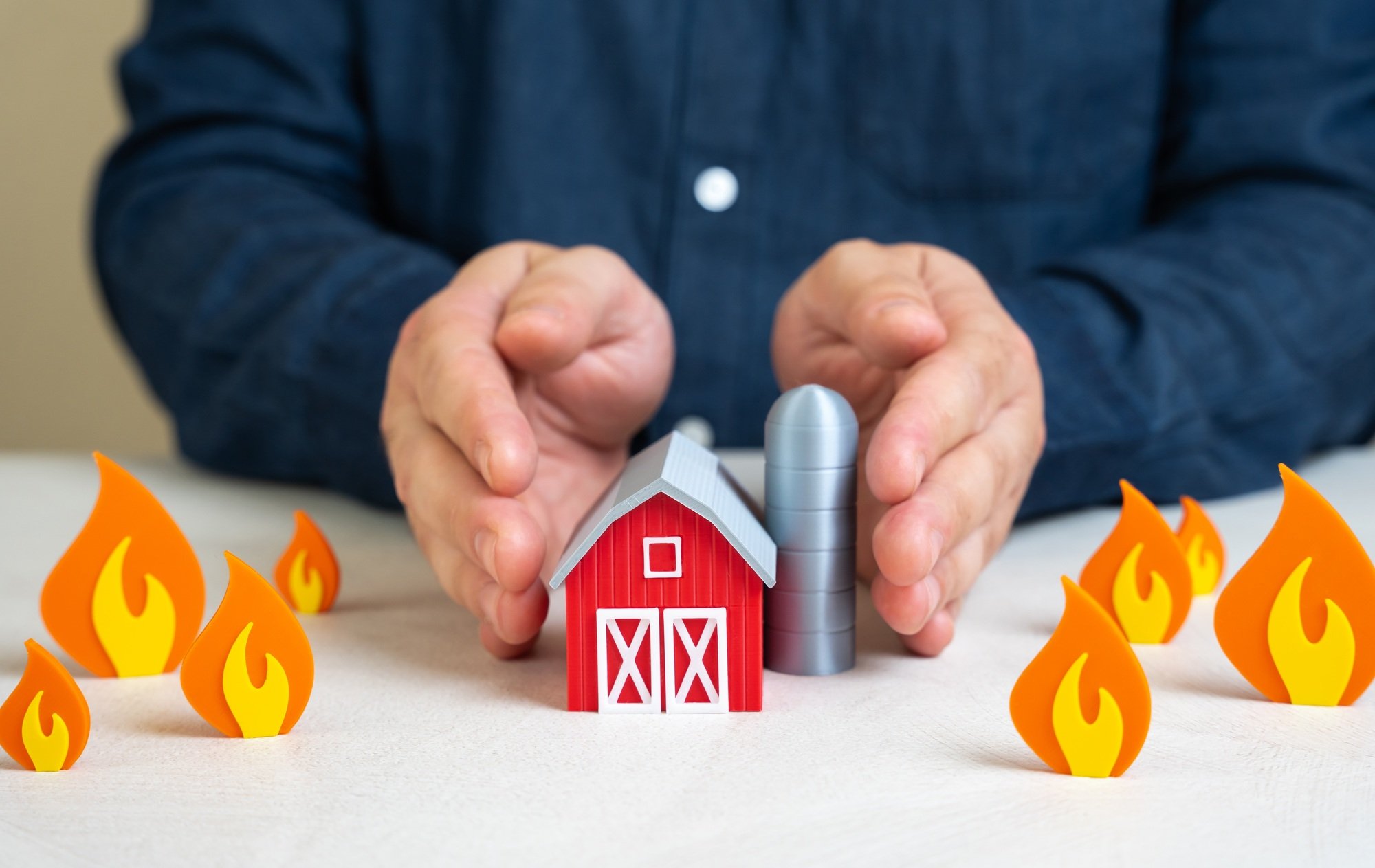
Taking proactive steps to prepare for a wildfire can make all the difference in ensuring your safety and protecting your property. By creating defensible spaces and understanding evacuation routes you’re not just safeguarding your home but also your peace of mind.
For businesses the stakes are even higher. Developing a comprehensive wildfire response plan and maintaining open lines of communication with your team can help mitigate risks and enhance safety.
Stay informed and regularly assess your surroundings to adapt your strategies as conditions change. With the right preparation in place you’ll be better equipped to face the challenges that wildfires present.
Frequently Asked Questions
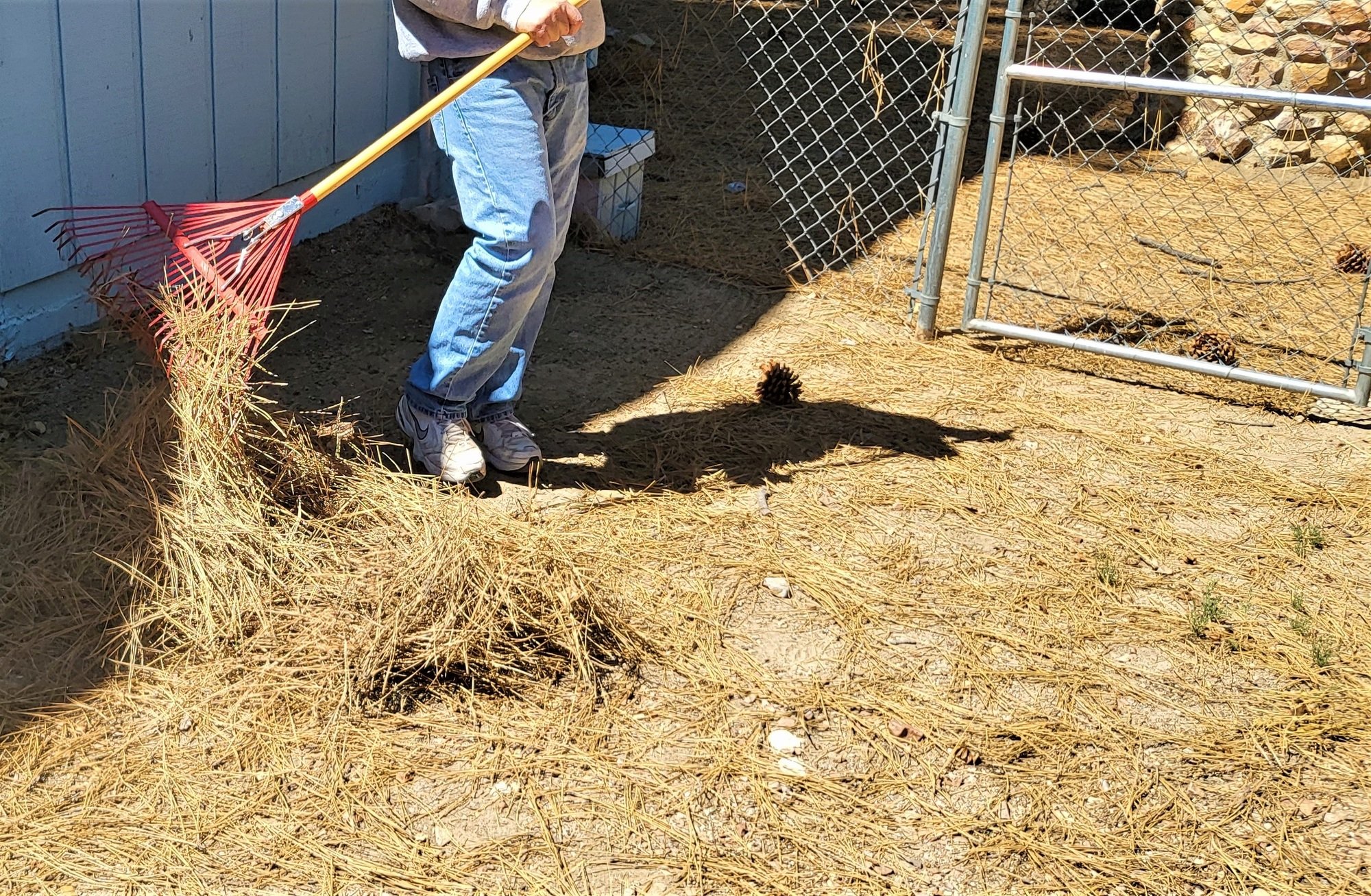
What are the main causes of wildfires?
Wildfires are primarily caused by dry conditions, high temperatures, and strong winds. Human activity, such as campfires, discarded cigarettes, and arson, also contributes significantly to the ignition of these fires. Understanding these causes is essential for effective wildfire preparedness and prevention.
How can I create defensible space around my home?
To create defensible space, clear flammable materials like dead vegetation and leaves from around your home. Maintain a green lawn, trim trees away from structures, and use fire-resistant landscaping materials. This space can slow or stop wildfires from spreading to your property.
What should I include in an emergency kit for wildfires?
An effective emergency kit should contain non-perishable food, water, a first aid kit, essential medications, a map of evacuation routes, important documents, and flashlights. Regularly check and update your kit to ensure it’s ready when needed.
What evacuation routes should I identify for wildfire preparedness?
Identify multiple evacuation routes that are accessible and known to all staff. Practice these routes regularly, ensuring everyone is familiar with them. Clear communication about these routes helps ensure safe and efficient evacuations during a wildfire.
How can small businesses enhance their wildfire safety?
Small businesses should establish a wildfire response plan, assess their vulnerability, and stay informed about local fire risks. Joining community preparedness groups and investing in emergency kits will help protect both employees and assets from potential wildfire threats.
What role does landscape management play in wildfire preparedness?
Proper landscape management is crucial for wildfire preparedness. Create defensible space by removing dead vegetation, maintaining green lawns, and ensuring trees are trimmed away from buildings. This proactive approach can significantly reduce fire risk to properties.
How important is employee communication during wildfires?
Effective communication is vital during wildfires. Establish a communication tree and use multiple channels to keep employees informed before, during, and after a fire. This ensures everyone knows the evacuation plans and safety procedures, enhancing overall safety.
What structural features can help reduce wildfire risk?
To reduce wildfire risk, use fire-resistant materials for roofing and windows, such as non-combustible roofing and tempered glass. Additionally, ensure that buildings have appropriate setbacks from vegetation and are regularly maintained for safety.
Image Via Envato


